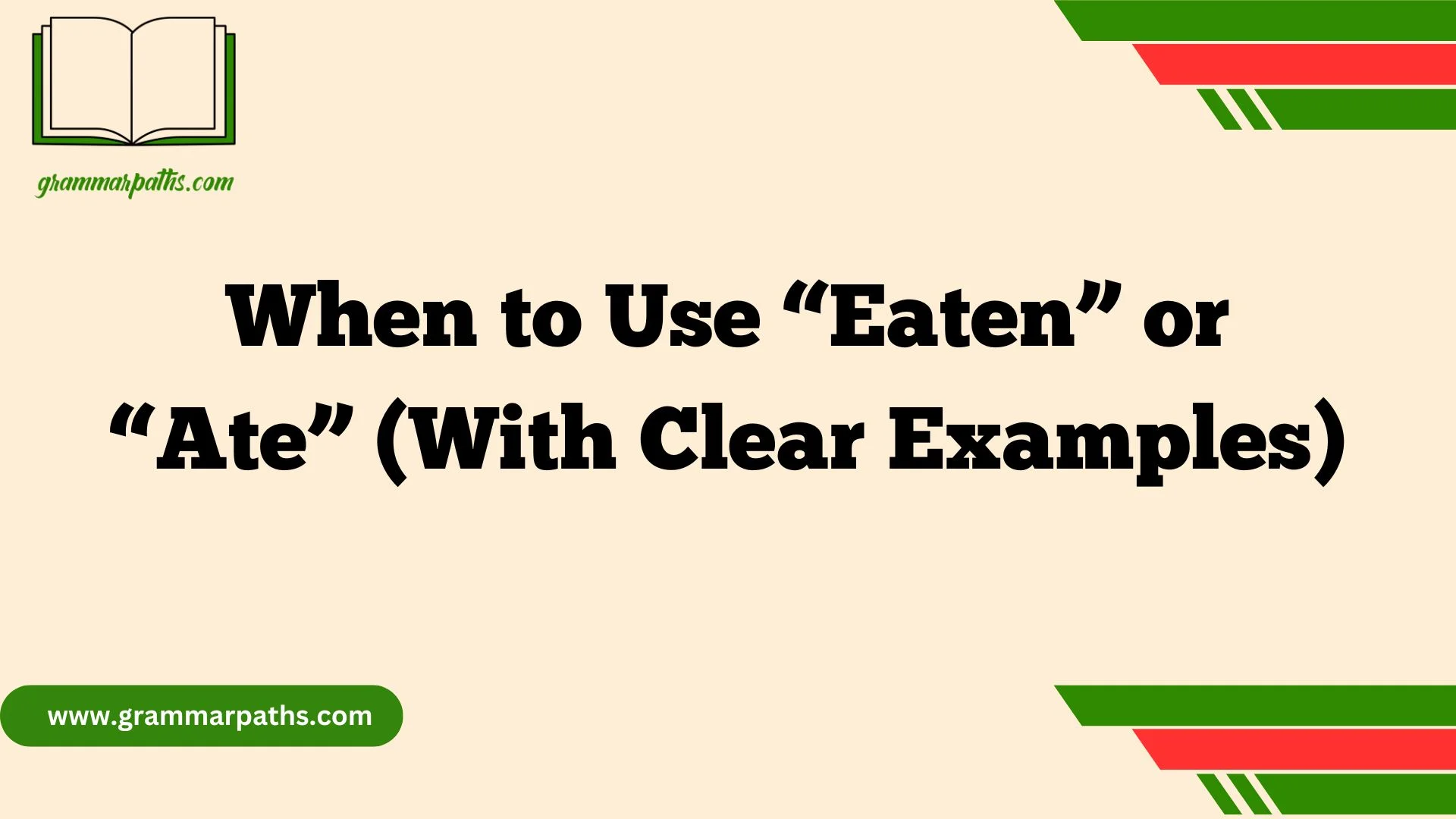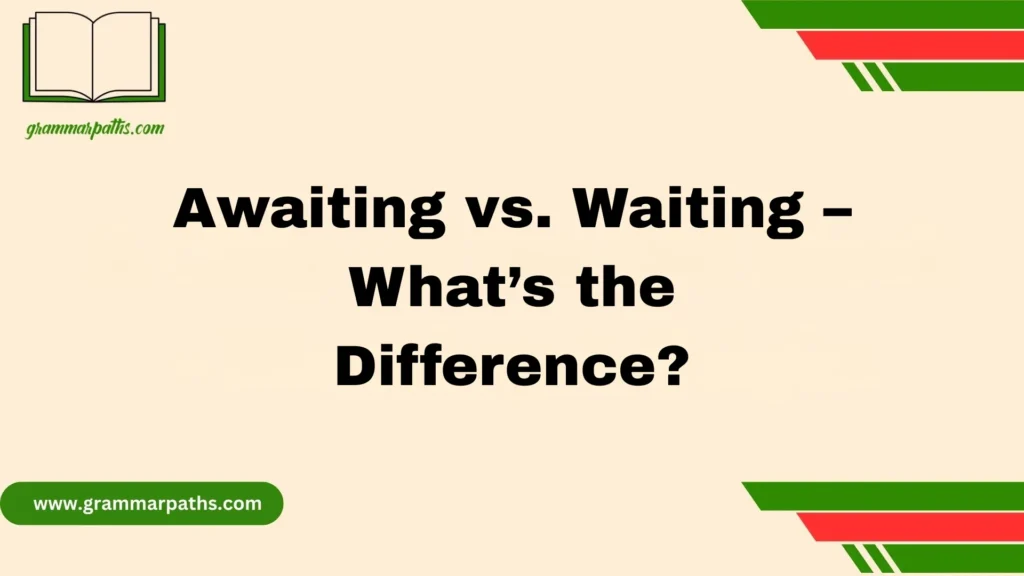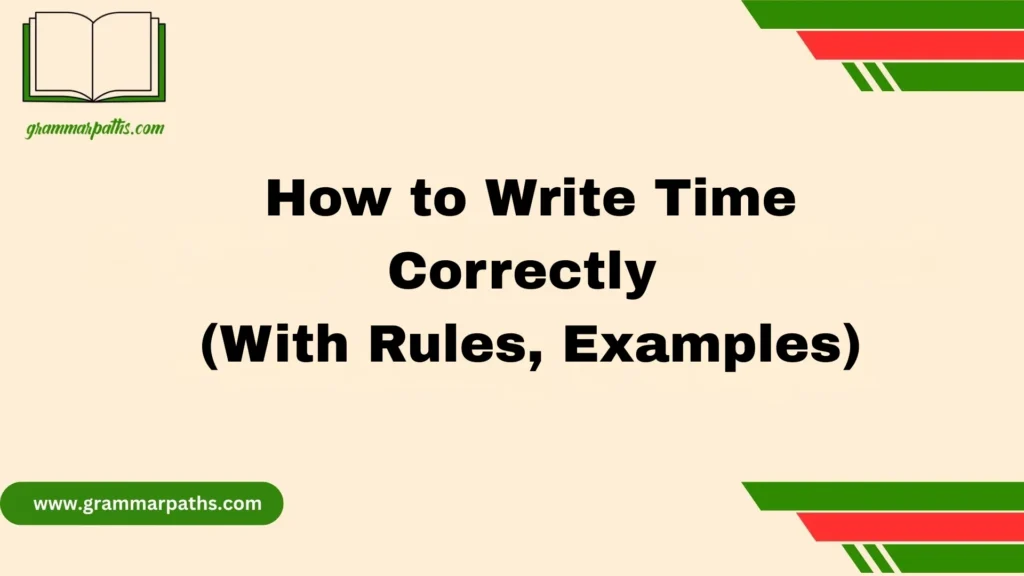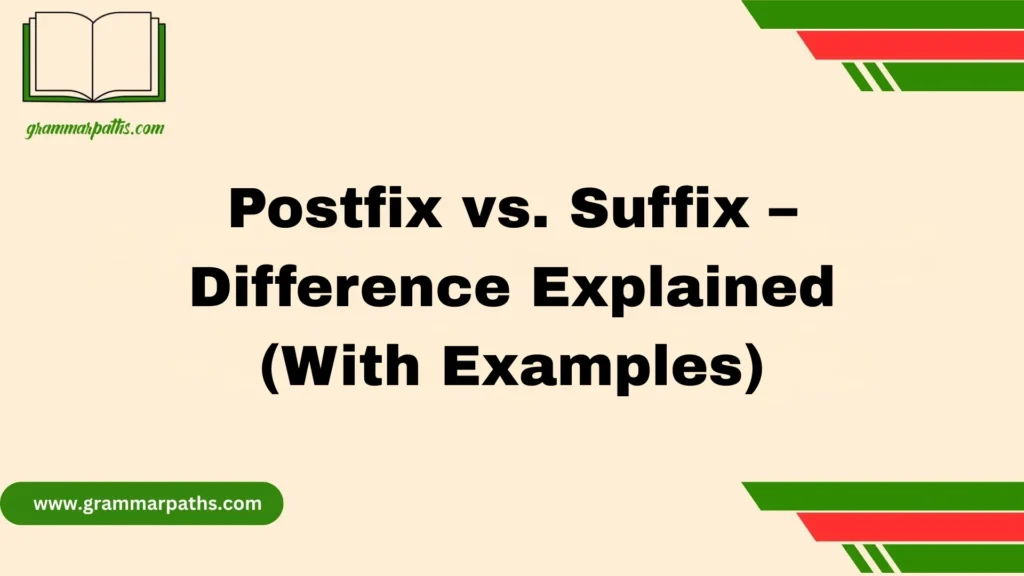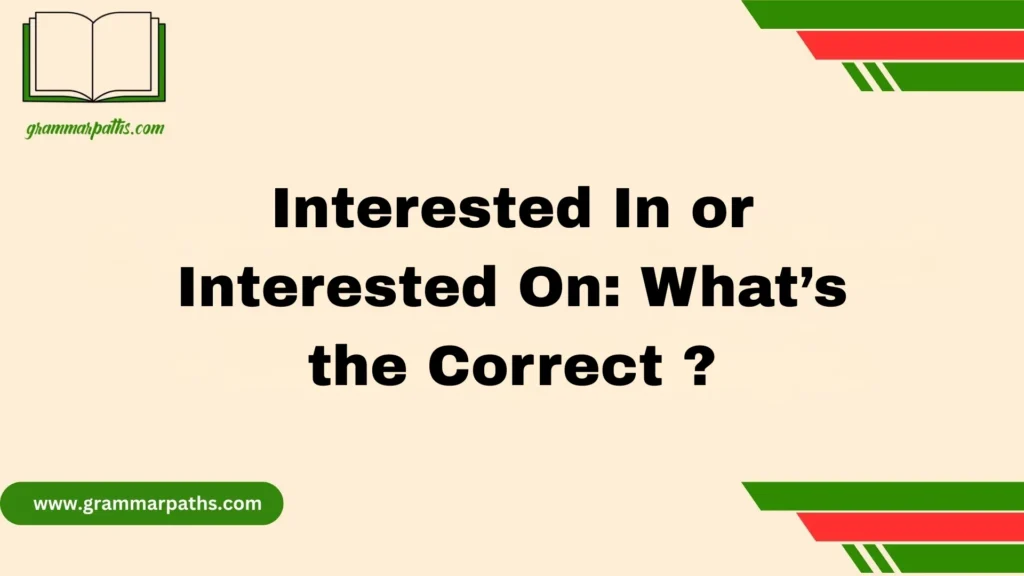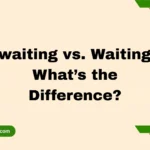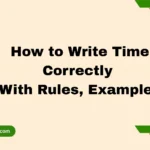Understanding the difference between “eaten” and “ate” is essential for speaking and writing correct English grammar. Both words are forms of the verb “to eat,” but they serve different purposes depending on the tense and structure of the sentence. Many learners get confused with the past tense grammar rules, especially when choosing between “I ate” and “I have eaten.” The key lies in knowing that “ate” is the simple past tense, while “eaten” is the past participle. If you’re using helping verbs like “have,” “has,” or “had,” you’ll need “eaten,” not “ate.” This article will explore the verb tense confusion, clarify usage through examples, and break down the rules to help you avoid common mistakes like saying “I have ate,” which is grammatically incorrect.
Whether you’re writing essays, preparing for exams, or simply improving your everyday English, learning the correct use of irregular verbs like “eat” will elevate your communication. We’ll dive deep into the conjugation of ‘eat’, analyze the subject-verb agreement, and look at plenty of “eaten” and “ate” example sentences. From understanding the past participle of eat to using it with auxiliary verbs, you’ll walk away with confidence in your usage. With real-life examples and clear grammar breakdowns, this guide covers exactly what people are searching for—from “I have eaten vs. I ate” to spotting the correct use in everyday conversations. Let’s put an end to the confusion and sharpen your grasp of tense rules in English grammar.
“Ate” vs. “Eaten”: The Core Difference
At the heart of this confusion lies the difference in verb forms and the tenses they belong to.
- “Ate” is the simple past tense of eat. It tells us an action happened at a specific time in the past.
- “Eaten” is the past participle form of eat. It never stands alone and is always used with auxiliary verbs (like have, has, or had) in perfect tenses.
Quick Comparison Table
| Verb Form | Tense Type | Usage Example |
| Ate | Simple Past | She ate breakfast at 8 AM. |
| Eaten | Past Participle | I have eaten already today. |
When to Use “Ate” — Simple Past Tense
Use “ate” when referring to an action that finished in the past and usually ties to a specific time or event.
- Structure: Subject + ate + object
- Example Sentences:
- I ate lunch an hour ago.
- They ate dinner last night.
- He ate the sandwich during the break.
- I ate lunch an hour ago.
This tense is straightforward: the event is complete and belongs to the past.
When to Use “Eaten” — Part of a Perfect Tense
“Eaten” is always part of a perfect tense and needs an auxiliary verb to make sense.
- Perfect tenses express actions completed relative to another time (often the present or another past moment).
- Structure: have/has/had + eaten
- You’ll never say “I eaten” alone—without have or had, it’s incorrect.
- She has eaten all the cookies.
- We had eaten before the guests arrived.
Present Perfect Tense with “Eaten”
The present perfect tense connects past actions to the present moment. Use it to discuss experiences or completed actions when the exact time isn’t specified.
- Structure: Subject + have/has + eaten
- Examples:
- Have you eaten yet?
- I have eaten sushi before.
- They have eaten all the cake.
- Have you eaten yet?
This tense often implies relevance to now. For instance, “Have you eaten?” asks if you are currently hungry.
Past Perfect Tense with “Eaten”
Use the past perfect tense to talk about an action completed before another past action.
- Structure: Subject + had + eaten
- Examples:
- She had eaten before the movie started.
- By the time he arrived, we had eaten.
- They had eaten dinner when the power went out.
- She had eaten before the movie started.
This tense helps clarify the sequence of past events and avoids confusion.
Future Perfect Tense with “Eaten”
The future perfect tense describes actions that will be completed before a certain time in the future.
- Structure: Subject + will have + eaten
- Examples:
- By 7 PM, I will have eaten.
- They will have eaten by the time you get here.
- She will have eaten all the snacks before the party ends.
- By 7 PM, I will have eaten.
It’s a useful tense to plan or predict the completion of future actions.
Auxiliary Verbs: The Essential Partners of “Eaten”
Remember: “Eaten” never works alone. It always pairs with an auxiliary verb. The most common are:
- have (I/you/we/they have eaten)
- has (he/she/it has eaten)
- had (past perfect: I/you/we/they/he/she/it had eaten)
- will have (future perfect: I/you/we/they/he/she/it will have eaten)
Without these helpers, sentences like “I eaten” or “She eaten” sound broken and incorrect.
Common Mistakes with “Ate” and “Eaten”
English learners often slip up with these forms. Here are typical errors to avoid:
- Incorrect: I have ate breakfast.
Correct: I have eaten breakfast.
Why? The auxiliary “have” must be followed by the past participle “eaten,” not the simple past “ate.” - Incorrect: She eaten all the food.
Correct: She has eaten all the food. - Using “ate” where “eaten” is required in perfect tenses is the most common mistake.
Passive Voice Examples with “Eaten”
The verb “eat” can also appear in passive voice, but only with perfect tenses because “eaten” is the past participle.
- Structure: Object + has/have/had + been + eaten
- Examples:
- The pizza has been eaten.
- All the sandwiches had been eaten by noon.
- The cake will have been eaten before the guests arrive.
- The pizza has been eaten.
Passive voice highlights the object receiving the action rather than the subject doing it
Why “Have You Eaten?” is Correct
“Have you eaten?” is a common and correct present perfect question.
- It asks whether the person has completed the action at any time before now, without specifying when.
- This form is polite and used often in everyday English to check if someone has had food recently.
Incorrect forms like “Did you eaten?” break the grammar rules because “did” already marks the past tense, so the verb must stay in the base form (eat), not the past participle.
Clear Chart: “Ate” vs. “Eaten” at a Glance
| Situation | Correct Form | Example |
| Simple Past (Specific Time) | Ate | I ate breakfast at 7 AM. |
| Present Perfect | Have/has + eaten | She has eaten lunch already. |
| Past Perfect | Had + eaten | They had eaten before you called. |
| Future Perfect | Will have + eaten | By noon, we will have eaten. |
| Passive Perfect | Has/have/had been + eaten | The food has been eaten. |
Improve Your Writing by Mastering “Ate” and “Eaten”
Using the right form not only helps your grammar but also:
- Enhances clarity — your reader understands when events happen.
- Boosts credibility — errors in verb tenses distract or confuse your audience.
- Shows professionalism — accurate language reflects well on you.
Tip: When unsure, ask yourself: Is there an auxiliary verb? If yes, use “eaten.” If no, and you’re talking about a finished past action, use “ate.”
Quiz Yourself: Can You Pick the Right Form?
Try these sentences — fill in the blanks with “ate” or “eaten” and check the answers below:
- She ___ all the cake before we arrived.
- Have you ___ dinner yet?
- By the time I got home, they had ___ everything.
- Yesterday, I ___ at that new restaurant.
- Will you have ___ by the time the movie starts?
Answers:
- ate
- eaten
- eaten
- ate
- eaten
Real-World Examples in Everyday English
Understanding grammar is easier when you see how it’s used naturally:
- Dialogue Example:
- A: “Have you eaten yet?”
- B: “No, I haven’t eaten since breakfast.”
- A: “Let’s grab lunch then.”
- A: “Have you eaten yet?”
- News Headline:
- “City’s food supply has been eaten faster than expected amid surge in demand.”
- “City’s food supply has been eaten faster than expected amid surge in demand.”
- Book Excerpt:
- “He had eaten all the apples before anyone else woke up.”
COnclusion:
Mastering the difference between “ate” and “eaten” sharpens your English skills and brings confidence to your communication. Remember: verbs tell your story—make sure they tell it clearly.
If you want to improve further, try writing your own sentences or conversations using these forms. Over time, choosing the right verb will feel as natural as breathing.
Mastering the correct usage of “eaten” and “ate” is more than just a grammar rule — it’s a key part of sounding natural and fluent in English. Remember, “ate” is the simple past tense used without a helping verb, while “eaten” is the past participle and must follow an auxiliary verb like “have,” “has,” or “had.” Whether you’re saying “I ate breakfast” or “I have eaten breakfast,” knowing the difference helps you express yourself more clearly and confidently.
If you’ve ever wondered, “Is it ‘have ate’ or ‘have eaten’?” — now you know that “have eaten” is the grammatically correct form. With consistent practice and exposure to real-life usage, you’ll quickly master these verb forms. Keep referring back to this guide when in doubt, and don’t be afraid to revisit the examples of eaten and ate in sentences. You’ve taken a solid step toward improving your grasp of English verb tenses, and with this clarity, you’ll never confuse “eaten” vs “ate” again.
FAQS:
1. What is the difference between I ate and I had eaten?
“I ate” is simple past, used for a completed action in the past. “I had eaten” is past perfect, used when something happened before another past action.
2. When to use eaten instead of ate?
Use “eaten” with a helping verb like have, has, or had to form perfect tenses. Example: I have eaten breakfast already (not just I eaten).
3. Have you ate or eaten your lunch?
The correct phrase is: “Have you eaten your lunch?” “Ate” cannot be used with “have”—“eaten” is the correct past participle form.
4. When should you use ate?
Use “ate” when referring to something you did in the past, without linking to another event. Example: I ate pizza last night.
5. Why do people say I ate?
People say “I ate” because it’s simple and direct, describing a finished past action. It’s the standard simple past tense of the verb eat.

Emma Brooke is a passionate language expert and contributor at GrammarPaths.com, where she helps learners navigate the complexities of English grammar, idioms, and effective writing. With a strong academic background and years of teaching experience, Emma excels at turning tricky grammar rules into simple, practical lessons that readers can easily grasp.
